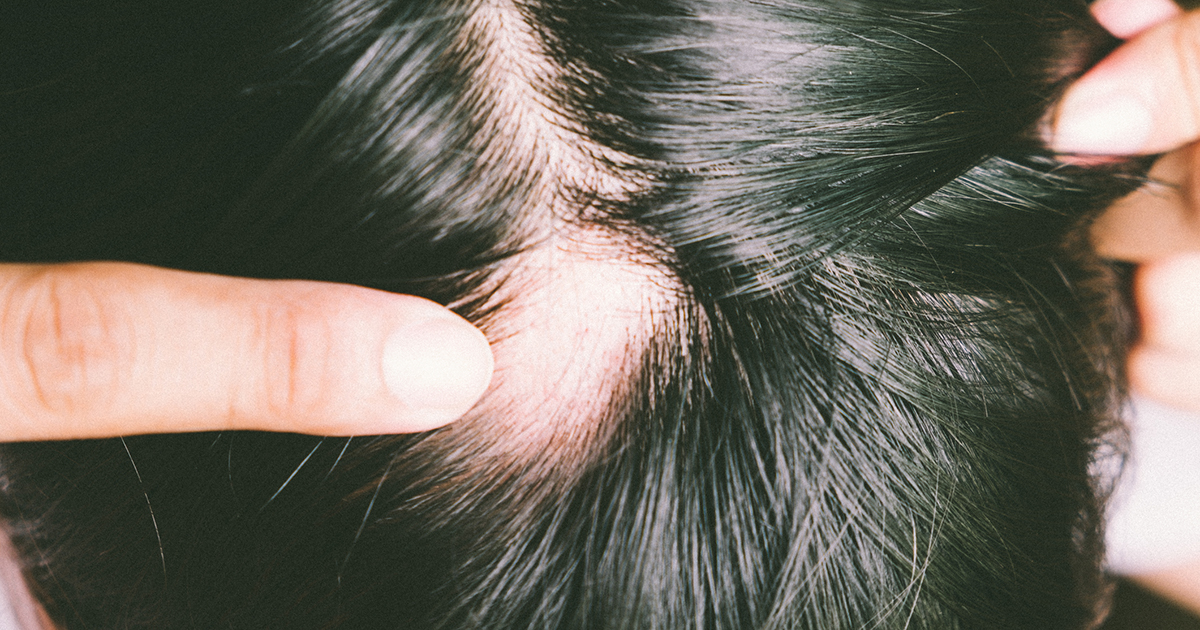What Conditions Can Trachyonychia Indicate?
Trachyonychia or 20-nail dystrophy is a condition of the fingernails and toenails that causes interference in the affected individual's nail matrix. All twenty of a patient's nails may be affected, or it may only affect a single nail. Straight, long lines that extend the length of the nail and end at variable heights are characteristic of trachyonychia. Other nail characteristics that occur in 20-nail dystrophy patients include sandpaper-like texture, lack of nail luster, brittle nature, and a rough appearance. While it is most prevalent in childhood ages, this condition can happen to an individual of any age. Most often, trachyonychia appears when an individual is born and progresses over time. Treatment is effective when the underlying cause of a patient's 20-nail dystrophy is successfully treated.
The exact cause of trachyonychia is not clear, but it is strongly associated with numerous other conditions and diseases. Learn about the conditions trachyonychia can indicate now.
Alopecia Areata

Trachyonychia has been strongly linked to individuals affected by a common autoimmune disorder called alopecia areata. The most characteristic symptom that occurs in alopecia areata is an unpredictable loss of hair. This disorder occurs when a patient's immune system inappropriately attacks their hair follicle cells. This malfunction causes the production of hair to lag and results in shrunken hair follicles. The mechanism behind the abnormal immune system attack on such cells is unclear at this time, but it does appear to harbor some genetic factors. Of alopecia areata patients, twenty-five percent have a family member who is also affected. While hair loss is the most classic symptom that appears in this disorder, changes in the fingernails and toenails are also common manifestation. Changes in the nails that include trachyonychia are typically one of the very first indications alopecia areata is developing. Between forty-five and eighty-three percent of all patients affected by trachyonychia are also affected by alopecia areata.
Continue reading to reveal more conditions linked to trachyonychia now.